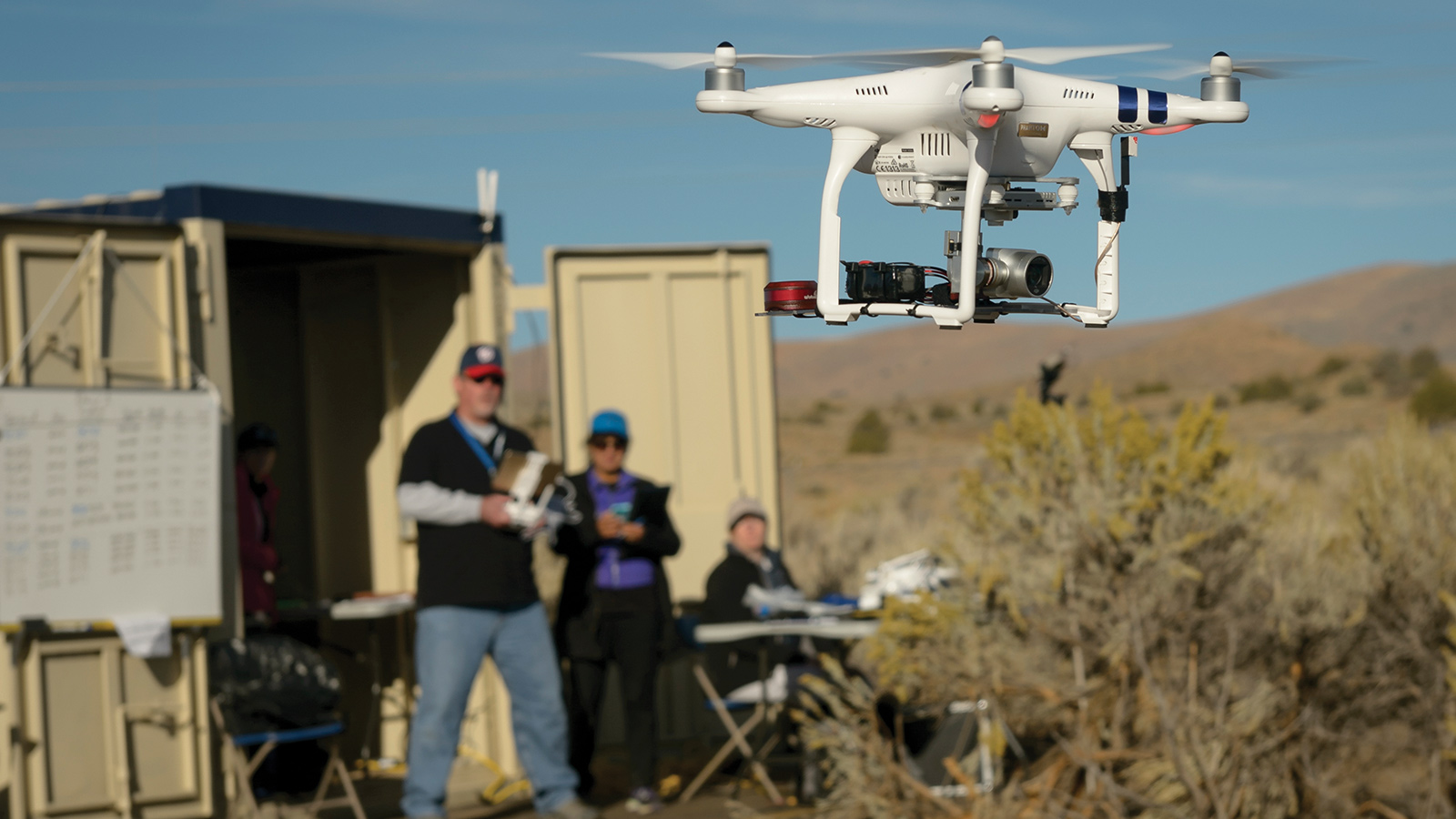Stay Up to Date
Submit your email address to receive the latest industry and Aerospace America news.
The Aircraft Operations Technical Committee promotes safe and efficient operations in the airspace system by encouraging best practices and information-sharing among the community and government agencies.
Multiple publications in January reported that 2017 was the safest year on record for global commercial aviation, which flew 4 billion passengers on 38 million flights without a fatality on a scheduled jet airliner. This year, as of mid-October, there were 362 airliner fatalities globally, according to the Aviation Safety Network, including the first fatality on a U.S. airline in over nine years in April when an in-flight engine failure caused cabin depressurization. Other industry focus areas were improving efficiency during inclement weather, planning for new entrants (e.g., unmanned aircraft systems, or UAS; commercial space; and urban air mobility) and cybersecurity.
Weather is one of the main causes of inefficiency in the aviation system. This year, the FAA emphasized the Plan, Execute, Review, Train, Improve initiative to help support air traffic management decision-making. A particular FAA and industry focus was northeast corridor operations due to their importance to overall U.S. air traffic control system efficiency. An RTCA northeast corridor working group is developing recommendations to improve efficiency of airports throughout the northeast.
UAS integration activities continued this year. NASA’s UAS Traffic Management, or UTM, program conducted flight tests at six FAA drone test sites from March through May. A variety of technologies representing UTM research areas were tested, including enabling technologies for detect and avoid, communication and navigation, and data exchange between service providers to safely fly in an environment near moderate population levels.
In terms of commercial space, this year saw increasingly regular launches of SpaceX Falcon 9 vehicles, as well as the inaugural launch of the Falcon Heavy in February. Meanwhile, Blue
Origin, Virgin Galactic and other commercial space companies edged closer to regular operations. The FAA is developing decision support systems to help facilitate safe, efficient and equitable access to airspace as space and other new entrants evolve.
Urban air mobility, or UAM, is another emerging focus area. NASA, Uber and others introduced or explored a range of air vehicle designs and concepts of operation suitable for transporting a small number of passengers at short ranges (up to four people up to 100 nautical miles) in urban environments. Candidate vehicles include conventional rotorcraft and electric vertical takeoff and landing configurations. Some of the main challenges are the impact of aircraft noise in urban environments and safe integration with other airspace users. NASA’s System-Wide Safety Project is tasked with ensuring the safety of these new vehicles and operations. Specific focus areas include developing technologies to monitor, assess and mitigate anomalies in the airspace, developing tools and methodologies to help certify increasingly autonomous systems, and improving the human ability to monitor them.
The FAA ramped up efforts to study the potential cyber risks to the aviation ecosystem, funding multiple research projects. The risk is not limited to the aircraft; in fact, there were multiple reports of cyberattacks on airports around the world. In March, Atlanta’s Hartsfield-Jackson International Airport’s Wi-Fi was disconnected because of a ransomware attack to the city administration. In September, another ransomware cyberattack made flight displays go blank for two days at Bristol Airport in the United Kingdom.
Photo: A drone flies during a NASA test of its UAS Traffic Management system. Credit: NASA
Stay Up to Date
Submit your email address to receive the latest industry and Aerospace America news.




